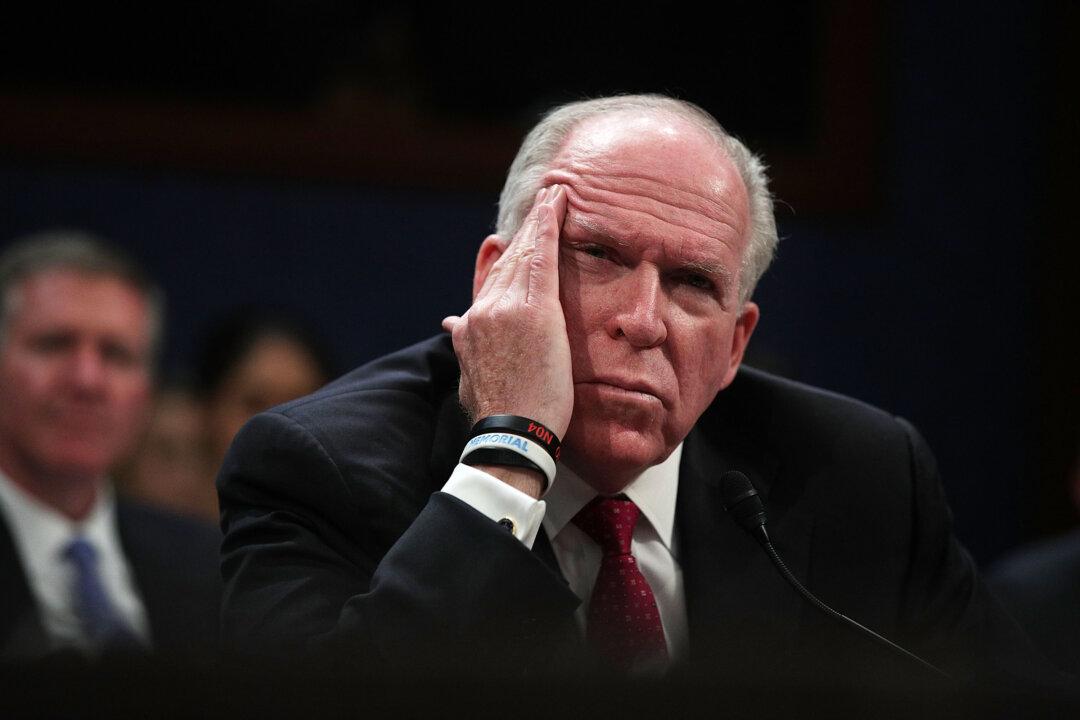News Analysis
The revelation of the alleged extraction of a Russian CIA spy has raised a number of questions, including how the CIA used the information it received—and the quality of that information.

The revelation of the alleged extraction of a Russian CIA spy has raised a number of questions, including how the CIA used the information it received—and the quality of that information.